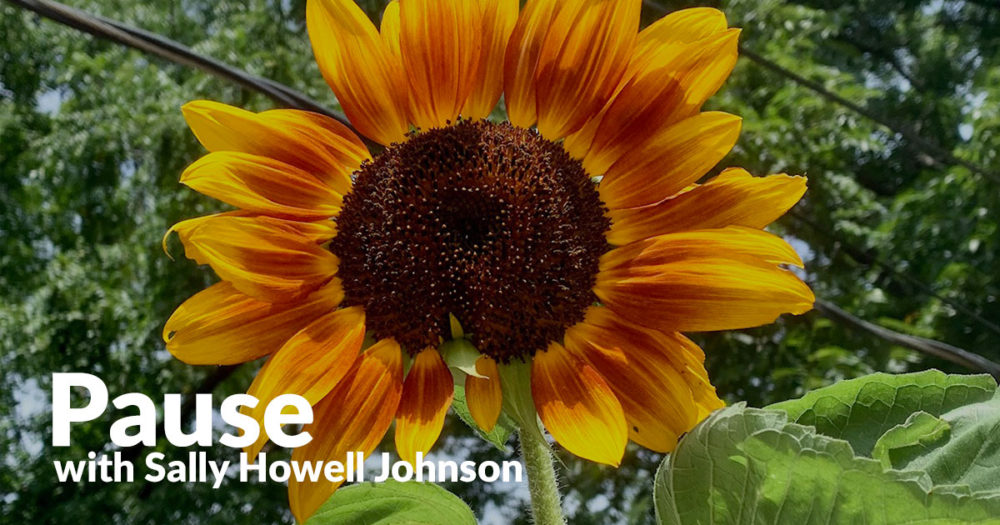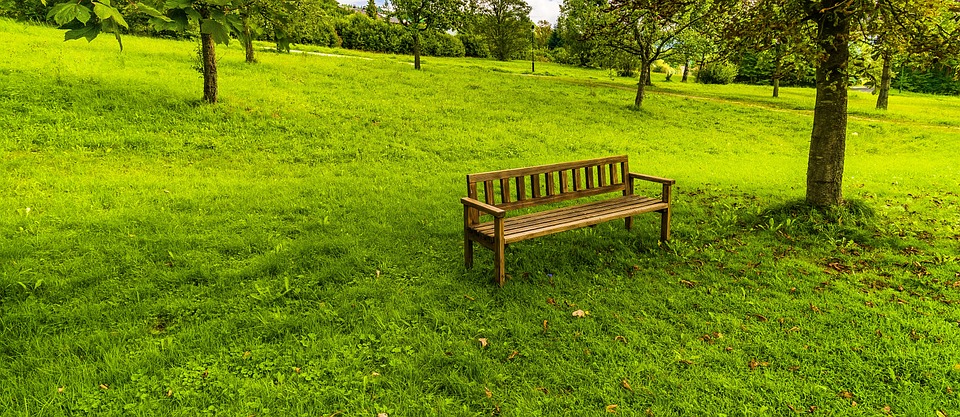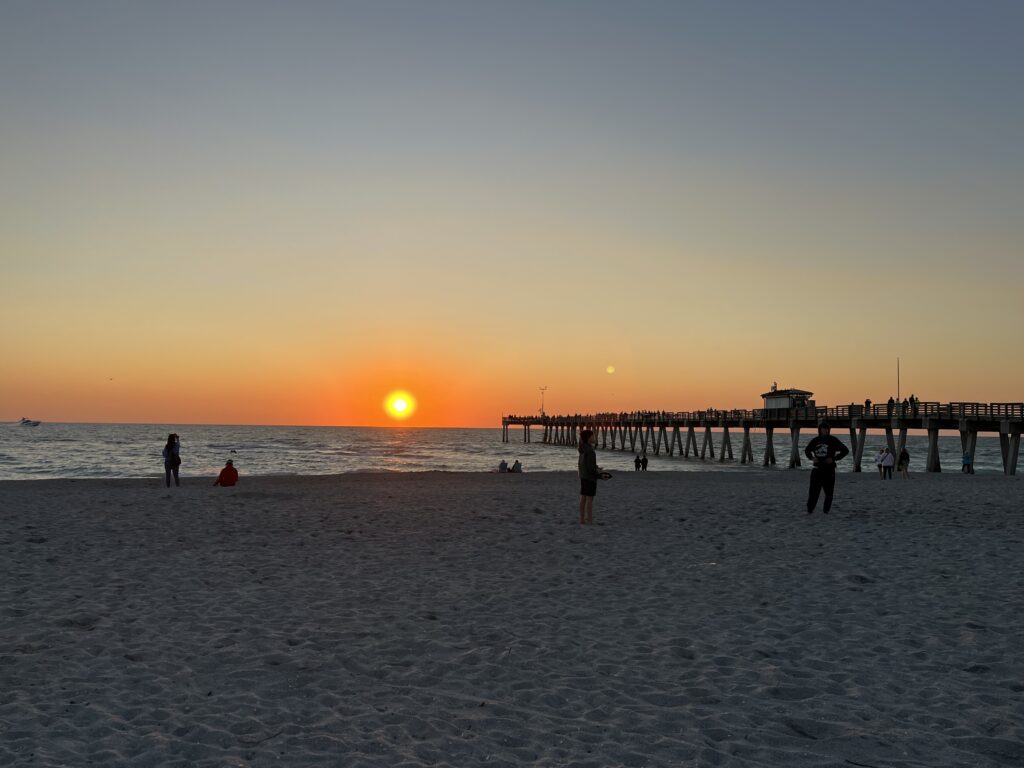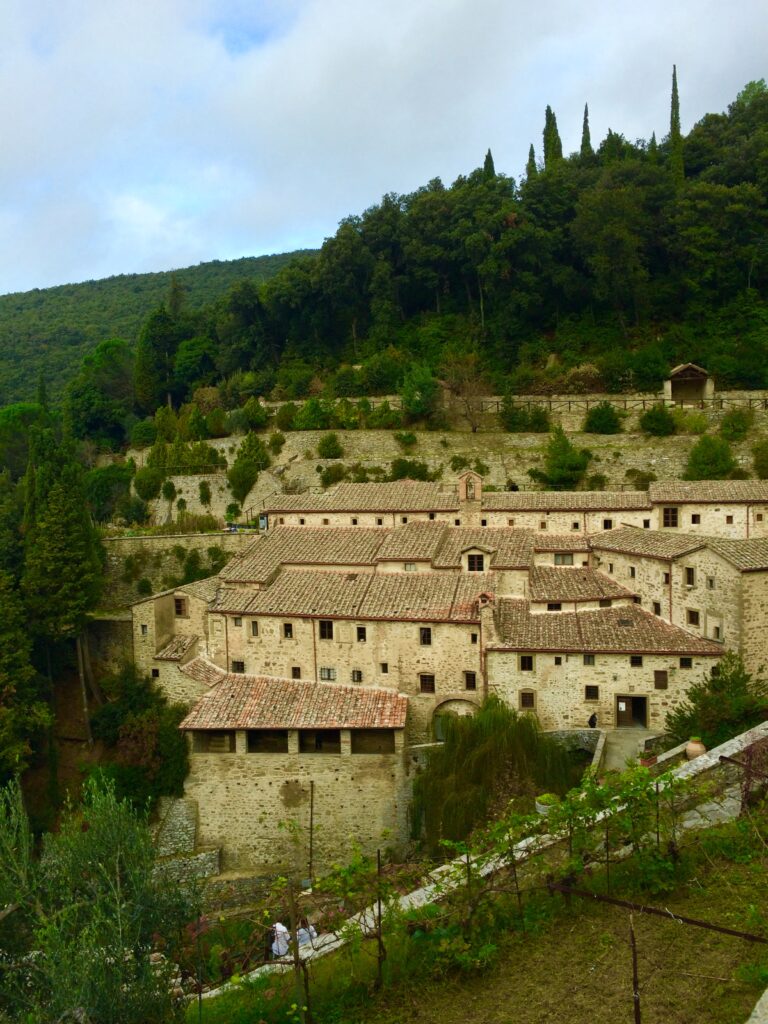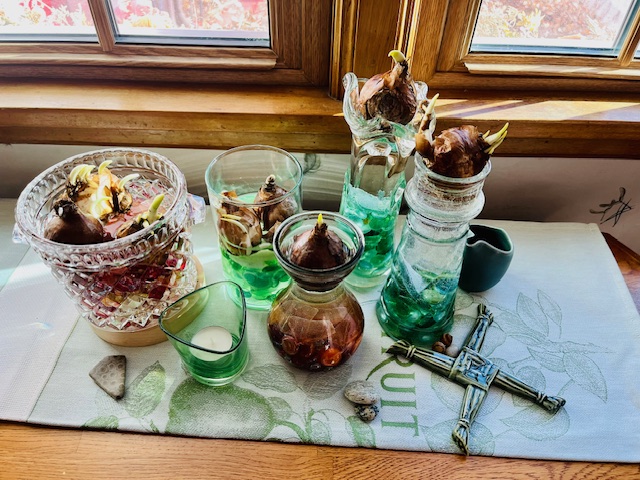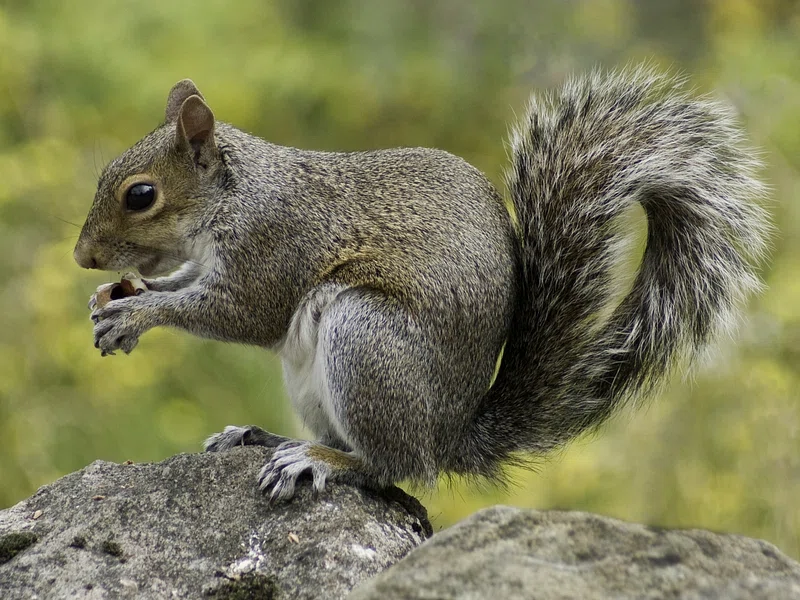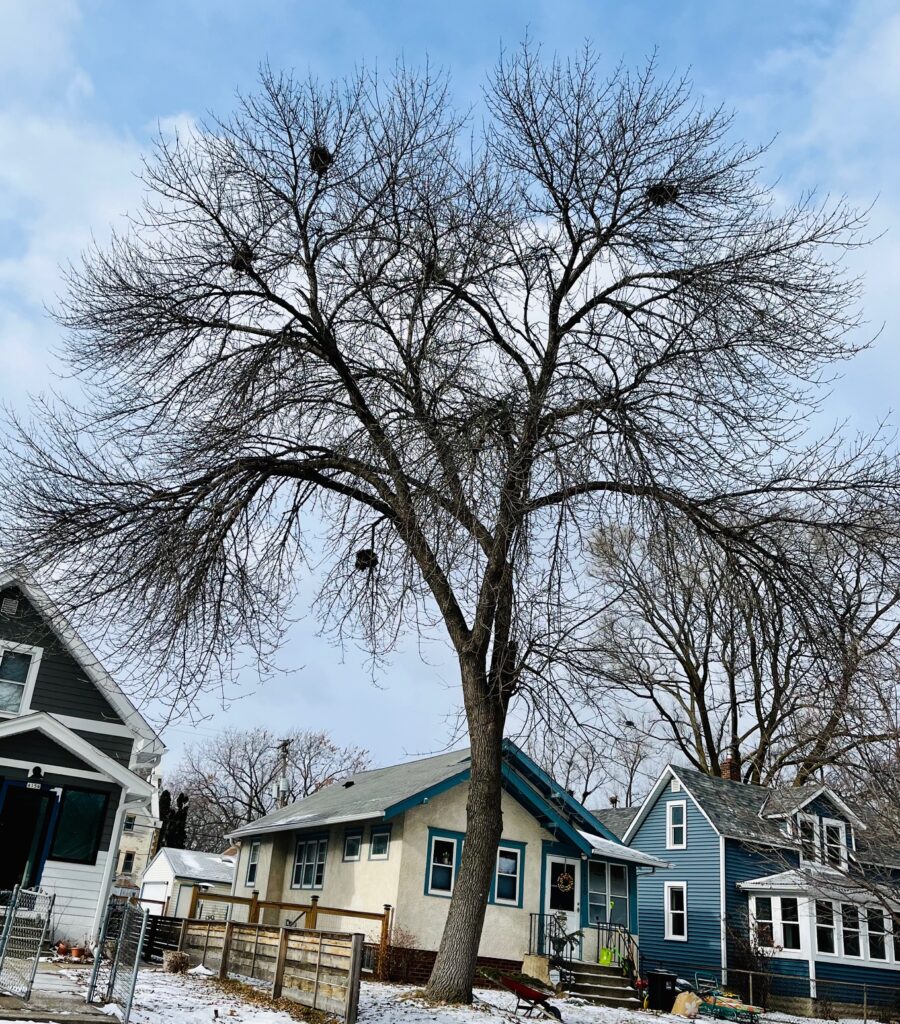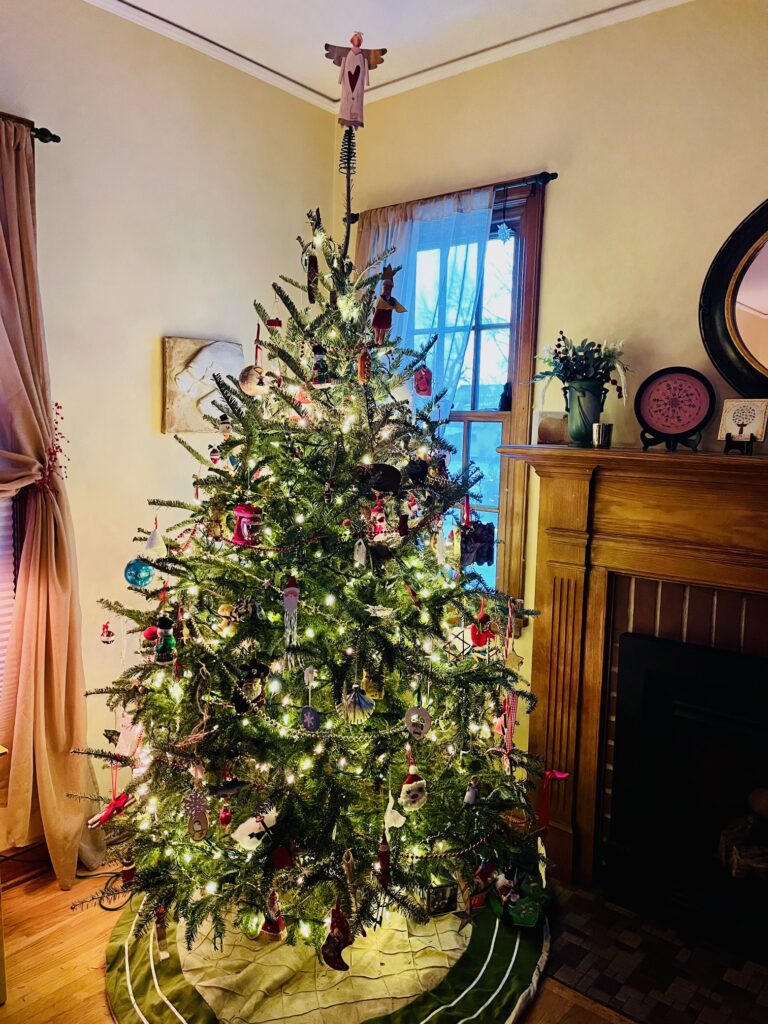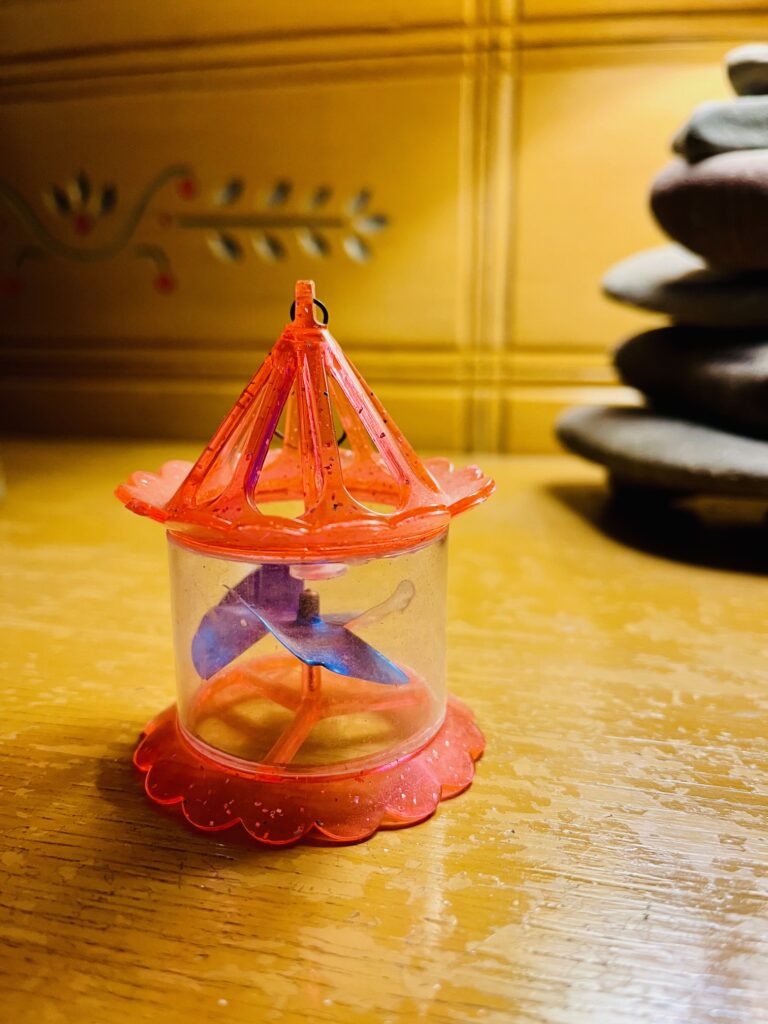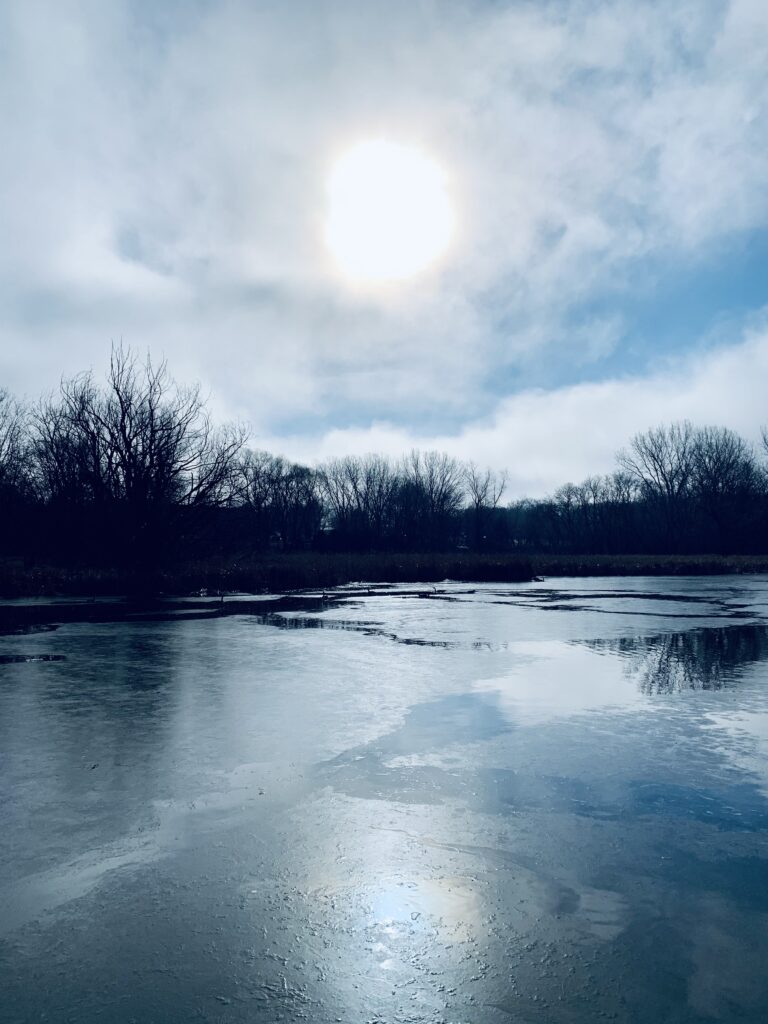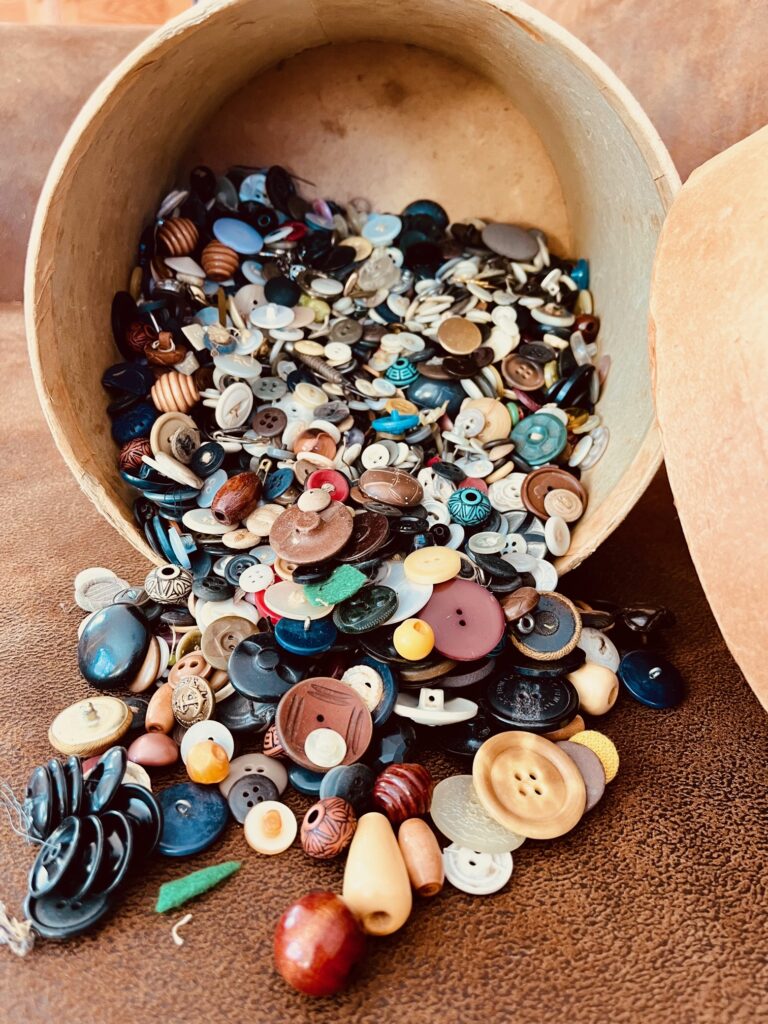April is National Poetry Month. I have never known who makes these proclamations. It is not that have anything against the celebration of pretty much anything, it is that I have wondered who decides. Of course, many, myself included, think every day, every month, is a time to celebrate and lift up the gift of poetry. I am in at least two groups that use poetry as the organizing element. We gather. We read poetry. We reflect on it. It is a gentle way to spend a couple of hours. I imagine the same hours could be spent in a lot less significant ways.
Over the last days I have been taking a moment to reread and rest in some of my favorite poems while also delving into some new to me. I came back to one by Wendell Berry that I have loved for some time. Here is the poem I love which I shared with one of the groups I mentioned the night before Easter. The actual title of the poem is Manifesto: The Mad Farmer Liberation Front:
…So, friends, every day do something
that won’t compute. Love the Lord.
Love the world. Work for nothing.
Take all that you have and be poor.
Love someone who does not deserve it.
Denounce the government and embrace
the flag. Hope to live in that free
republic for which it stands.
Give your approval to all you cannot
understand. Praise ignorance, for what man
has not encountered he has not destroyed.
Ask the questions that have no answers.
Invest in the millenium. Plant sequoias.
Say that your main crop is the forest
that you did not plant,
that you will not live to harvest.
Say that the leaves are harvested
when they have rotted into the mold.
Call that profit. Prophesy such returns.
Put your faith in the two inches of humus
that will build under the trees
every thousand years.
Listen to carrion – put your ear
close, and hear the faint chattering
of the songs that are to come.
Expect the end of the world. Laugh.
Laughter is immeasurable. Be joyful
though you have considered all the facts.
So long as women do not go cheap
for power, please women more than men.
Ask yourself: Will this satisfy
a woman satisfied to bear a child?
Will this disturb the sleep
of a woman near to giving birth?
Go with your love to the fields.
Lie down in the shade. Rest your head
in her lap. Swear allegiance
to what is nighest your thoughts.
As soon as the generals and the politicos
can predict the motions of your mind,
lose it. Leave it as a sign
to mark the false trail, the way
you didn’t go. Be like the fox
who makes more tracks than necessary,
some in the wrong direction.
Practice resurrection.
Now I am not smart enough to do any analysis of this poem or to guess what Berry’s intentions were in the phrases he chose. I only know the lines that call me to myself, to question my own intentions and to marvel at the power of this often overlooked literary medium. For. that reason alone, I am thankful for April and its attribution as poetry month. I mean, how can a person not be pinned to the mat with things like “Be joyful though you have considered all the facts.” and “Love someone who doesn’t deserve it.” And most of all…”Practice resurrection.”
What does resurrection look like? And how do we practice it? Every person will answer that question differently at a variety of times in their days, in their lives. But as I shared this poem with my friends I also shared a photo of an azalea bush I was witness to in Wales last May. At that point in my travels I had seen an array of sacred places dedicated to all manner of definitions of resurrection. But this bush…this enormous, beautiful, colorful bush grown beyond imagining…was a brilliant symbol of life in its fullest form. Brought back from winter’s rest, this bush-turned-tree shone forth into the world with such beauty and vibrancy that it stopped all who saw it and called to them to come and stand in its presence. In the past someone planted an azalea bush…not a sequoia as the poet writes…yet its growing and living again and again allowed others to “put faith in the two inches of humus that will build under the trees.” Perhaps the practice comes in not only the rebirth but the noticing.
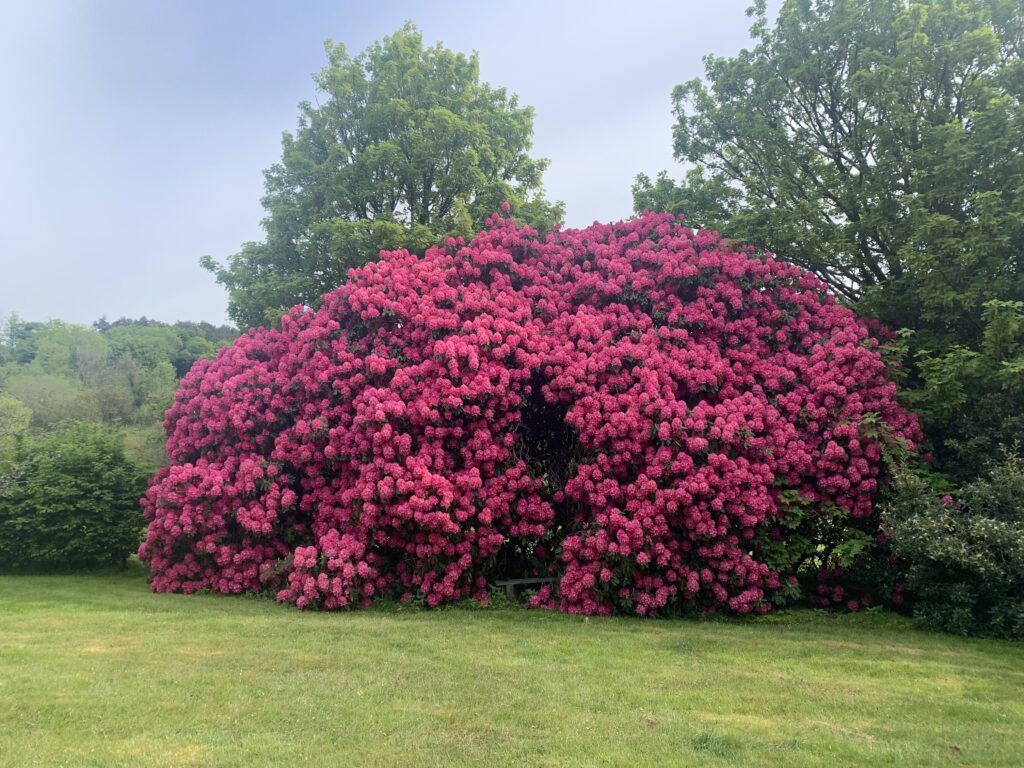
April is not only a month for poetry. It is also a time when the Earth calls to us to practice…practice resurrection in the hope that we will continue to plant and to notice each and every day of our precious lives. May it be so…
